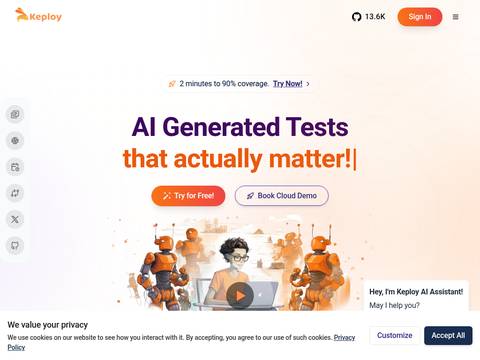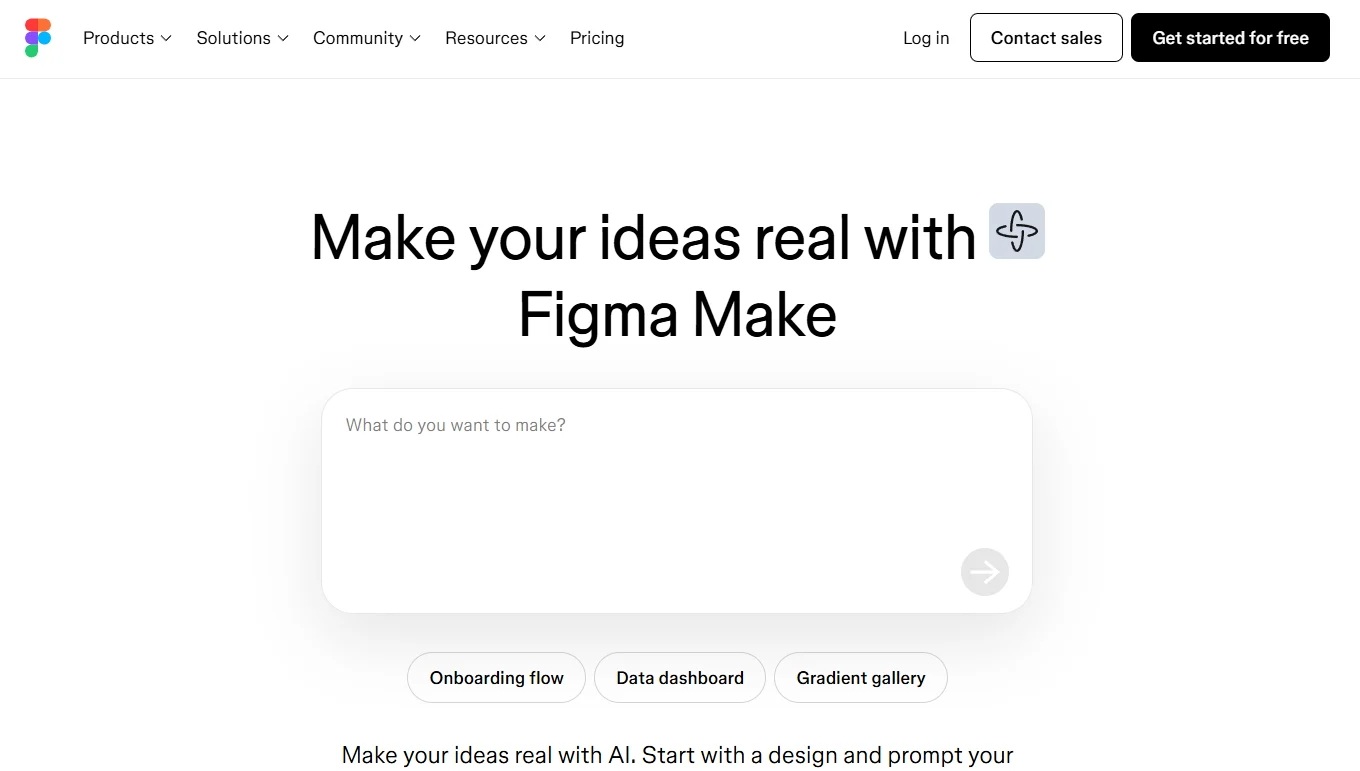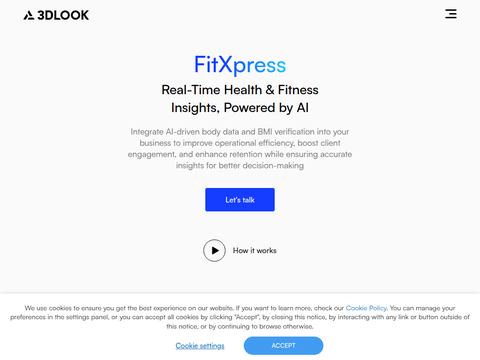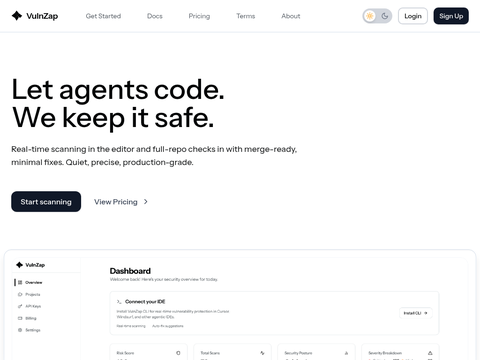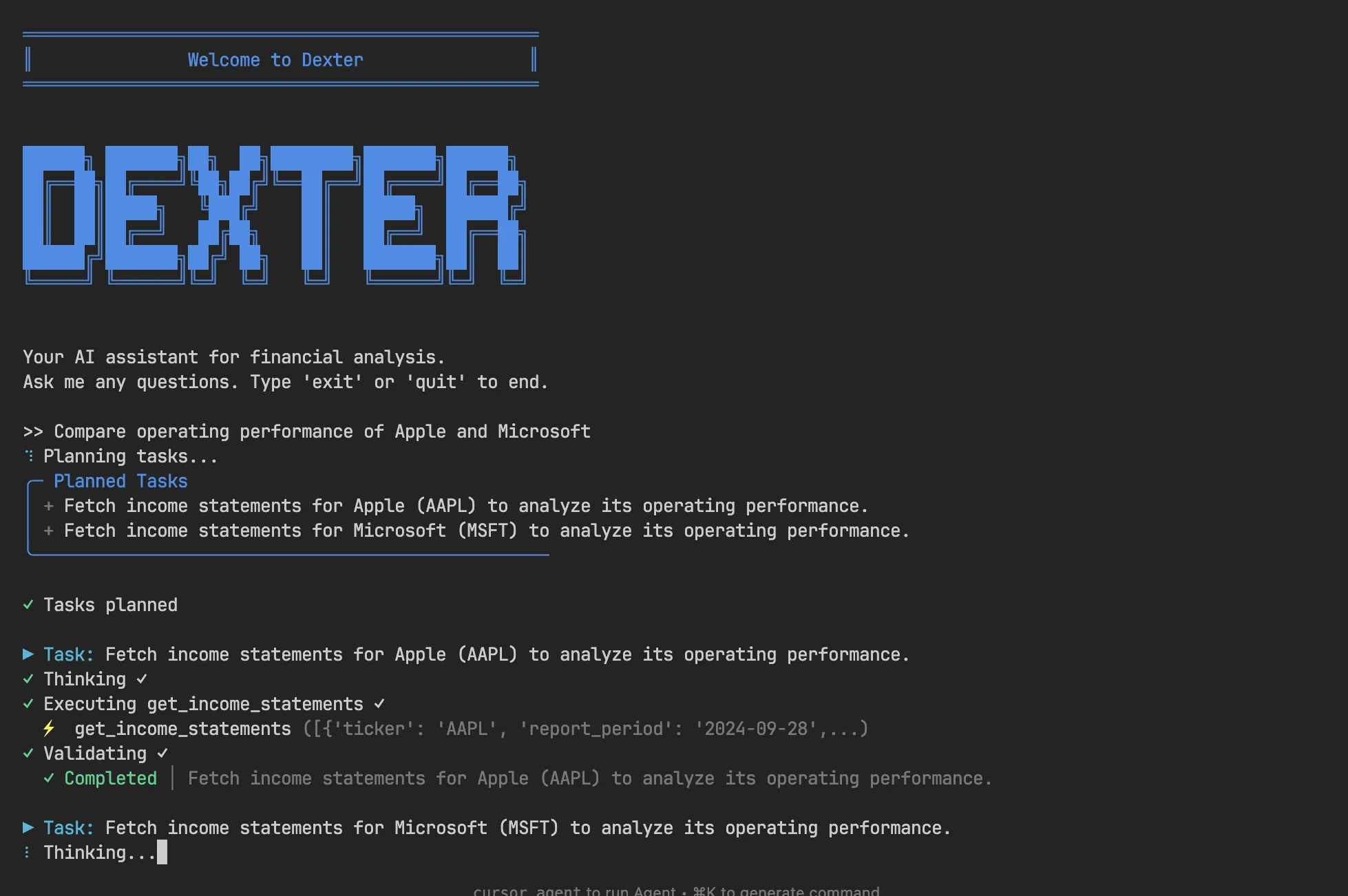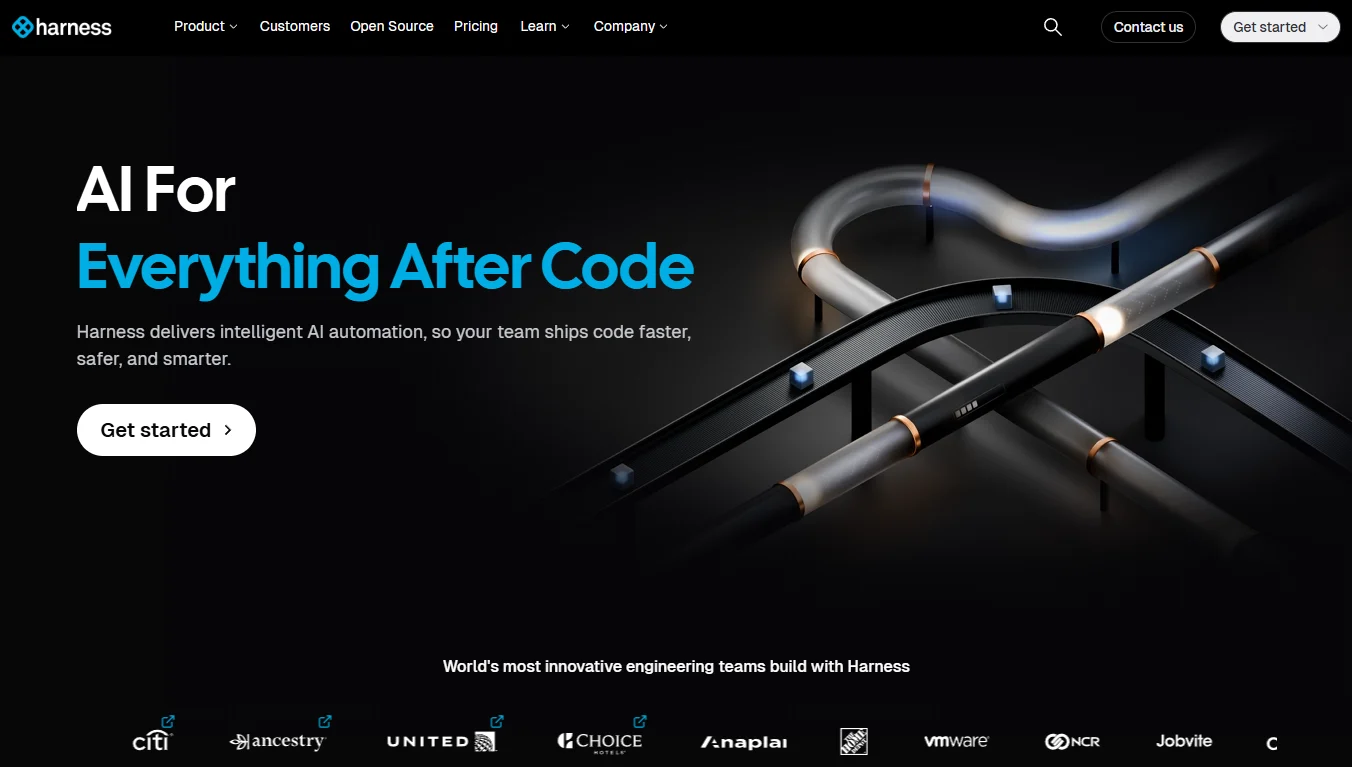At COMPUTEX, NVIDIA CEO Jensen Huang unveiled a significant expansion in the company's robotics development infrastructure, including a new version of its humanoid robot foundation model. These tools are being positioned as key building blocks for what Huang boldly refers to as "the next industrial revolution."
Key Highlights:
- NVIDIA's GR00T N1.5 model was created using synthetic data in just 36 hours, a process that would have taken nearly three months with manual collection.
- Prominent robotics companies such as Boston Dynamics and Agility Robotics are already adopting NVIDIA's platform technology.
- New tools generate synthetic motion data to train robots, potentially bridging the "data gap" that has long hindered humanoid robot development.
The highlight of the announcement is NVIDIA IsaacGR00T N1.5, an updated version of the company's open foundation model for humanoid reasoning and motion. What makes this update particularly intriguing is not only its improved capabilities but also how it was created—using synthetic data generated by another new NVIDIA tool called GR00T-Dreams.
According to NVIDIA, the GR00T-Dreams system allowed them to develop the N1.5 update in just 36 hours, a task that would have required nearly three months of manual data collection. This represents a remarkable efficiency boost for a field where data collection has traditionally been a major bottleneck.
"Physical AI and robotics will drive the next industrial revolution," Huang stated during his keynote. "From the AI brain for robots to simulated worlds for practice, to AI supercomputers for training foundational models, NVIDIA provides the building blocks for every stage of the robotics development journey."
The core innovation lies in how NVIDIA addresses the data challenge. Training robots to perform useful tasks has traditionally required vast amounts of data—often collected manually through demonstrations or real-world testing, which is slow, expensive, and frequently impractical. GR00T-Dreams offers a shortcut by generating synthetic motion data that can be used to teach robots new behaviors.
The system first fine-tunes NVIDIA’s Cosmos Predict world foundation model for specific robots. Then, from just a single image, GR00T-Dreams generates videos of robots performing new tasks in various environments and extracts "action tokens"—compressed data that can be used to teach robots how to execute those tasks.
This approach cleverly solves a persistent problem by essentially using AI to generate data needed to train more AI.
The updated GR00T N1.5 model reportedly shows significant improvements in adapting to new environments and workspace configurations, as well as recognizing objects through user instructions. NVIDIA claims it greatly enhances the success rate of common material handling and manufacturing tasks, such as object sorting.
The significance of these announcements is perhaps best illustrated by the list of companies already adopting the technology. Major players in robotics, including Boston Dynamics, Agility Robotics, Foxconn, and NEURA Robotics, are using NVIDIA’s Isaac platform technology.
To complement these new AI models, NVIDIA has introduced several simulation technologies aimed at further narrowing the data and testing gaps. These include a new world foundation model called Cosmos Reason, an upgraded Cosmos Predict 2, and a framework for generating synthetic motion trajectories. They’ve also made Isaac Sim 5.0 available on GitHub.
For companies looking to implement these technologies, NVIDIA announced that global system manufacturers like Cisco, Dell, HPE, Lenovo, and Supermicro are building NVIDIA RTX PRO 6000 workstations and servers designed to run robotics development workloads. When additional computing power is needed, developers can leverage NVIDIA Blackwell systems such as the GB200 NVL72, which the company claims boosts data processing performance by up to 18 times.
Direct applications are targeted at industrial environments—AeiRobot is using these models to enable its ALICE4 robot to understand natural language instructions and execute complex pick-and-place workflows, while Foxconn Group focuses on enhancing the flexibility of industrial robotic manipulators.
However, the broader impact could be enormous. If NVIDIA can truly solve the data challenge for training humanoid robots, we may see a significant acceleration in the development of robots capable of operating in complex, unstructured environments—potentially bringing the sci-fi vision of capable humanoid robots closer to reality much faster.

